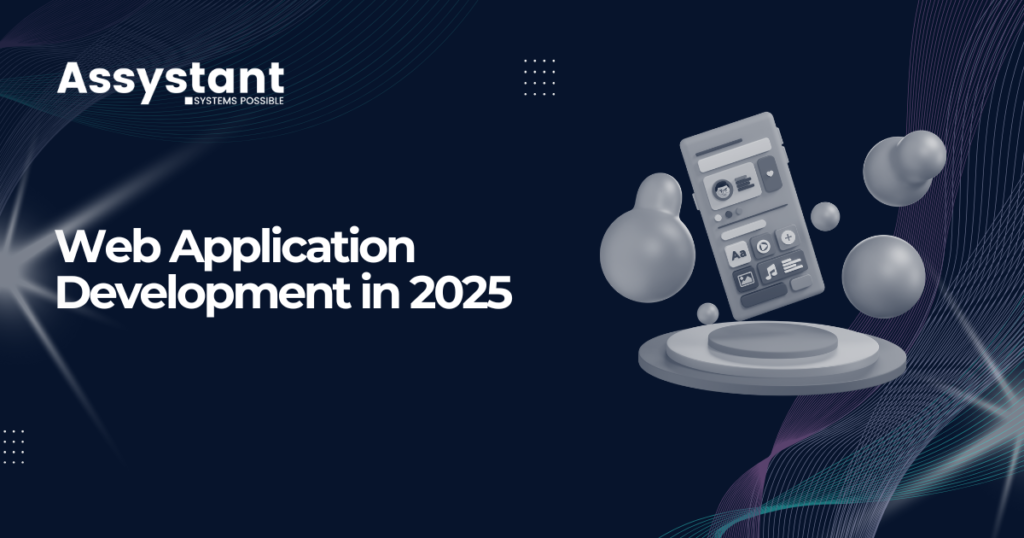With the increasing popularity of GPT, many businesses are running the AI race to build a GPT solution of their own. But a huge factor to consider is the cost. Even though GPT is a new technology and has the potential to reduce costs, it is a new technology that needs to be learned by engineers. This results in a lack of skilled employees capable of building a functional GPT solution.
So what variables influence the cost?
Several variables can affect the price of constructing a GPT (Generative Pre-trained Transformer) solution. The main cost drivers are the complexities of the targeted application, the quantity and quality of the training data, the computational resources needed for training and inference, and the expertise and development time needed. Costs related to data collecting and preprocessing, training infrastructure, software development, fine-tuning, and ongoing maintenance are often the primary costs involved in implementing a GPT solution. Additionally, employing pre-trained GPT models could incur license fees. In this blog, we will see what exact factors affect the cost and what factors to consider to build a GPT solution.
What is GPT exactly?
OpenAI created this advanced language model GPT, or Generative Pre-trained Transformer. It makes use of a deep learning architecture known as a transformer, which enables it to comprehend and produce text that resembles that of a person. GPT is capable of a variety of natural language processing tasks, including answering questions, composing articles, and even having conversations. Developers trained it using enormous volumes of internet-based data. Additionally, GPT can produce coherent and pertinent responses based on context by learning language structures and patterns. It has several uses in fields including customer service, content creation, and language translation and has displayed extraordinary language understanding.
With GPT’s enhanced conversational capabilities, customer service and chatbots can develop into more sophisticated systems. Hence, it is possible to improve language translation and interpretation, facilitating easier cross-border communication. In this blog, we will help you consider factors to consider before boiling down to a price range to build a GPT solution of your own.
The cost of building a GPT solution can differ from project to project and the complexity of the project. Also, the availability of resources is a point to be considered. Let us dive deeper into the factors that matter to build a successful project with GPT.
1. Development Effort
The complexity of the solution directly influences the cost. The time spent designing, developing, and testing the solution is extremely important. Applications with more advanced features will typically require more development work, which will increase the cost.
2. Scope and features
The cost directly depends on the size of the software solution and the features it provides. The more features there are, the longer and more labor-intensive it will be to implement them, which will raise the cost. The inclusion of GPT functionality, such as natural language processing, language production, or chatbot capabilities, may also call for extra resources and knowledge, which raises the entire cost.
3. Resource and data requirement
A GPT solution can function well only if developers feed a lot of training data. The accessibility and availability of pertinent data can influence the cost. If the necessary data is available, it can reduce the price. However, the final cost may go up if getting and preparing the required data is difficult or time-consuming.
4. Infrastructure requirements
GPT models are computationally demanding and frequently call for a lot of processing power. Hence, Infrastructure costs, such as those for servers, storage, and GPUs or TPUs (Tensor Processing Units) for training and inference, can make a sizable contribution to overall costs. In comparison to building up and maintaining an internal infrastructure, cloud-based services may offer a more flexible and affordable choice.
5. Skillset
Building software employing GPT necessitates knowledge of deep learning, natural language processing, and machine learning. The availability and expense of qualified specialists with the necessary skills can affect the final cost. Hiring skilled software developers, machine learning engineers, and data scientists with experience in GPT-related technologies can raise costs while improving the quality of the solution.
Normally speaking this is decided on a per-hour basis . Generally speaking the rate is a minimum of 35 dollars per hour.
A simple project like a chatbot exactly like ChatGPT can take upwards of 100 hours however complex solutions for data analysis and workflows can take way more than that.
6. Maintenance and support
For any software solution, ongoing upkeep and support are crucial. The overall budget should take user support, bug patches, and routine upgrades into account. Furthermore, it could be expensive and resource-intensive to include methods for model retraining or fine-tuning to sustain performance over time.
7. Licenses and intellectual property
Licensing GPT models, libraries, or frameworks may be expensive, depending on the particular use case and needs. The overall cost may also be impacted by legal issues with intellectual property rights, data protection, and compliance.
Urgency and user training, documentation, and ongoing user support can impact the costs. However, these are variable costs and they may or may not be present in every project.
Even though there are so many factors involved that may increase the costs and the competition, businesses have options for GPT for a myriad of advantages over other Natural Language Processing Technologies. Some examples include
a. Language comprehension:
GPT excels in comprehending and producing content that appears human. It can recognize a variety of linguistic nuances and linguistic situations because it was trained on a vast corpus of text data taken from the internet. This makes it possible for GPT to successfully understand and react to a wide range of user inputs.
b. Generalization and Adaptability:
ChatGPT can respond to a variety of user inputs, even those it hasn’t seen before, by generalizing from its training data. Even when given inputs that differ from the distribution of the training data, it can still produce relevant results. Because of its capacity to generalize, ChatGPT may be easily adjusted to suit various use cases and domains.
c. Wide-ranging Language Support:
GPT-based models, like ChatGPT, have been trained on enormous volumes of multilingual text data. Thus it enables them to comprehend and produce text in a variety of languages. GPT is useful for applications that need multilingual capabilities or language translation because of its vast language support.
d. Continuous learning:
Developers can update and enhance GPT continuously via a feedback loop. It can improve over time by incorporating user feedback and doing routine model upgrades. This makes it possible for ChatGPT to adjust to user preferences, fix errors, and gain knowledge from interactions, resulting in better responses and increased user happiness.
So to conclude, with a lean development team and prioritizing features, you can reduce the cost associated with building a GPT-based solution. With a strategic approach, it is possible to have a solution with GPT by optimizing costs. Strategies like prioritization, testing, and using cloud-based and open-source resources can help you have a cost-effective solution with a revolutionary technology like GPT.
FAQs
What is GPT?
GPT, or “Generative Pre-trained Transformer,” is a language model that can produce text that resembles human speech using training data.
Which applications can GPT build?
A variety of applications like chatbots, virtual assistants, content creation tools, customer support systems, and more may be built with ChatGPT. Due to its adaptability, it may be used in a variety of conversational AI settings.
Why use GPT?
GPT has advantages like Natural language processing abilities, the capacity to manage intricate and dynamic discussions, and the capacity to learn and adjust to user behavior over time which can be used to build an app.
How much will it cost to build an app using GPT?
Several variables, like the complexity of the application, the number of features needed, the size of the development team, and the hourly rate of the development, might affect the cost of developing an app with ChatGPT. Typically, developers’ hourly rates begin at 35 dollars.
Usually, it can cost between a few thousand dollars and several hundred thousand dollars to design an app using ChatGPT.
Will the cost involve the cost required for training the engineers?
No, the base 35$ per hour is the cost required for the project. The learning curve is not subject to the software development costs.



